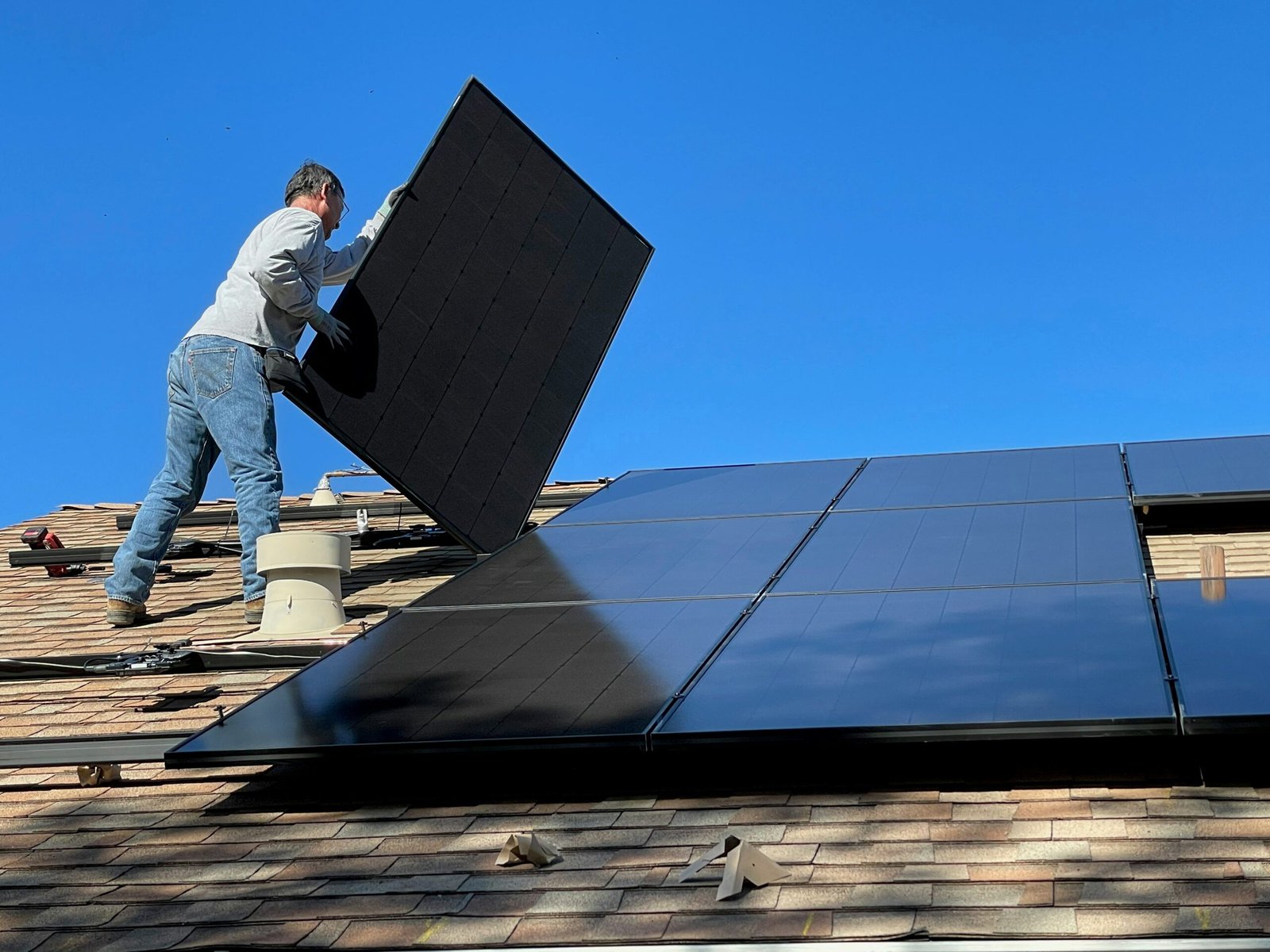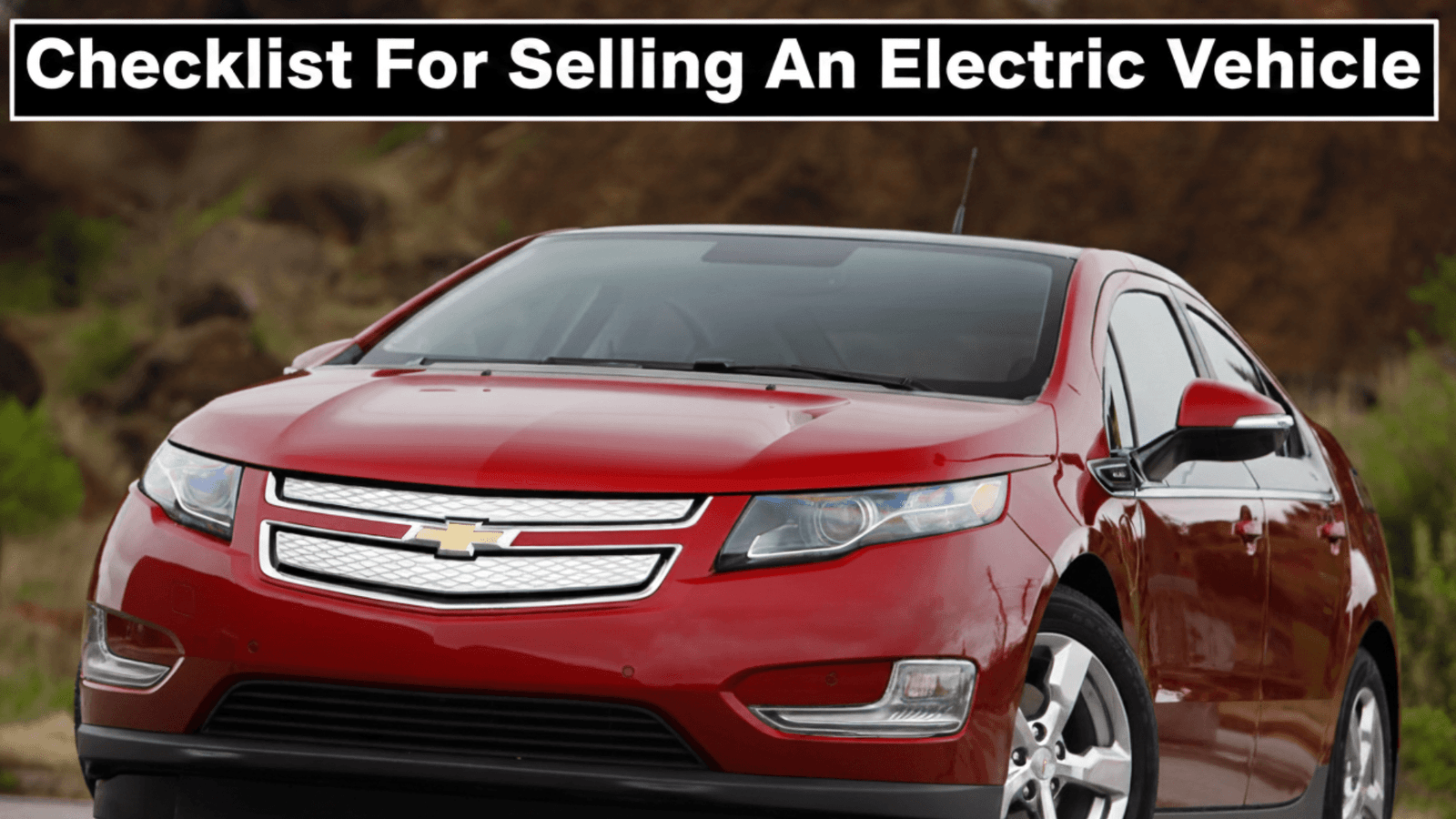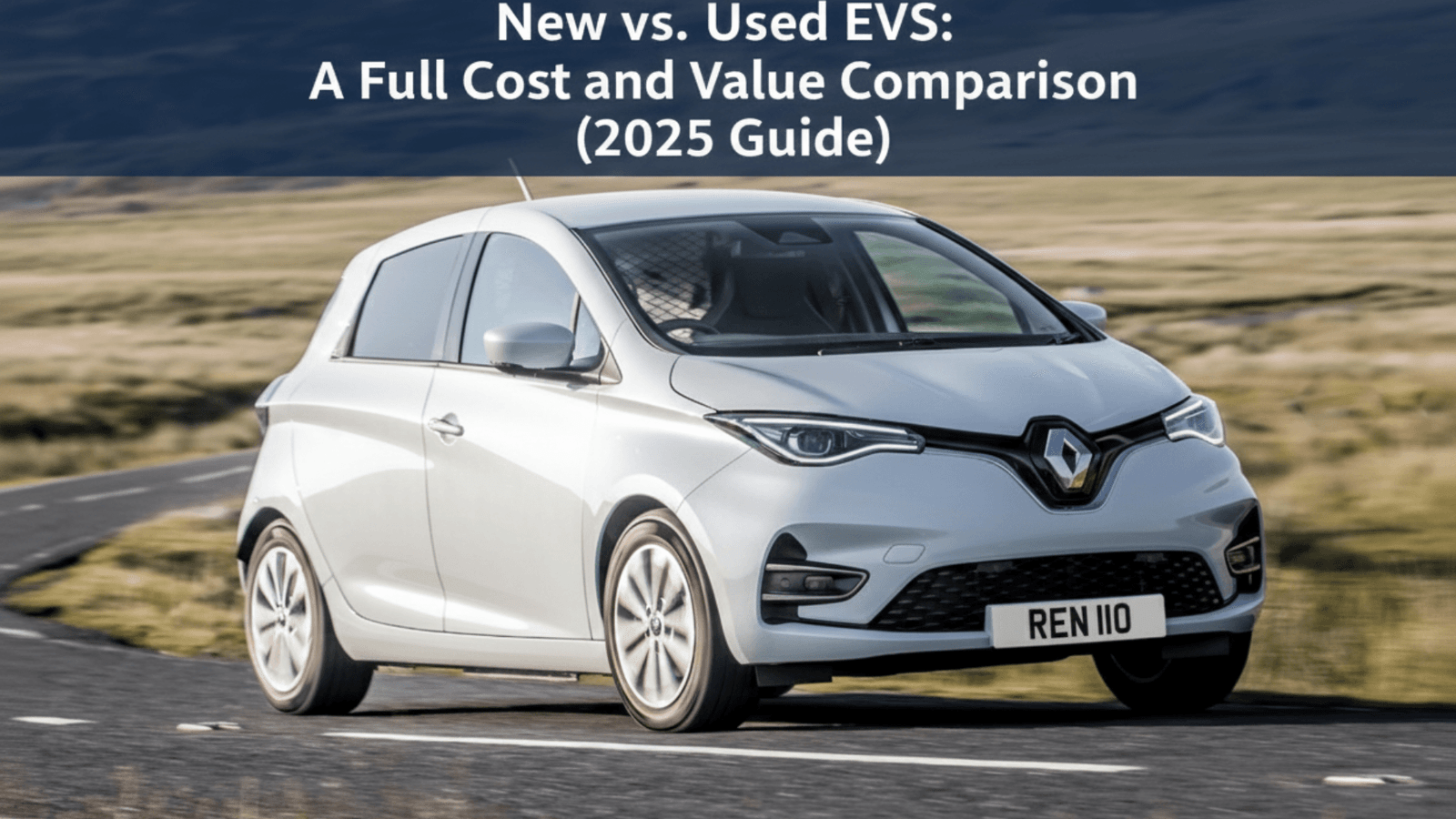Perovskite solar cells are poised to disrupt the solar energy industry, offering a path towards cheaper, more efficient solar power. This article explores this revolutionary technology, its potential, and recent advancements addressing its durability challenges.
Perovskite’s Promise
Perovskite is a class of materials with a crystal structure that holds immense potential for solar cell production. Perovskite solar cells outperform their traditional silicon counterparts in two key aspects: efficiency and cost. Their ability to capture a broader range of sunlight translates to superior energy conversion, while simpler manufacturing processes and less expensive materials make them a more economical option. Perovskite cells have achieved lab efficiencies exceeding 25%, rivaling the theoretical limit of silicon cells.
Durability – The Past Hurdle
Despite their advantages, perovskite solar cells have faced a significant hurdle – durability. Exposure to heat, moisture, and UV rays rapidly degraded these cells, hindering their widespread adoption. Perovskite’s instability stemmed from factors like ion migration within the material and decomposition under ultraviolet light.
Breakthroughs for a Brighter Future
Recent advancements are transforming the game for perovskite solar cells. Companies and research institutions are making significant strides in developing highly stable versions. For instance, Oxford PV’s perovskite cells maintain an impressive 99% efficiency even after 240 hours of operation. Researchers are exploring various avenues to improve stability.
- Material engineering: Doping perovskites with different elements or incorporating additives can enhance their resistance to degradation.
- Interface engineering: Modifying the layers surrounding the perovskite material can create better passivation, reducing unwanted chemical reactions.
- Encapsulation techniques: Developing robust encapsulation methods shields the cells from moisture and environmental factors.
Perovskite Powering the Future
These breakthroughs hold immense potential to revolutionize the solar energy landscape. Durable and commercially viable perovskite solar cells could significantly reduce the cost of solar power, making it more accessible and paving the way for a future less reliant on fossil fuels. Perovskite’s potential extends beyond traditional rooftop panels. Their lightweight and flexible nature make them ideal for integration into building materials, creating self-powered structures. Additionally, their potential for semi-transparency opens doors for applications in windows and vehicle sunroofs.
Industry Giants Take Notice
The shift in focus by Bill Gates-backed Cubic PV, a company traditionally focused on silicon solar cells, is a telling sign. Their move towards perovskite signifies a growing industry confidence in this transformative technology. Several major corporations, including Samsung, LG Chem, and Mibelle Solar Materials, are also investing heavily in perovskite research and development.
The Road Ahead
The future of solar energy shines bright with perovskite solar cells. With continued research and development, these high-efficiency, low-cost cells have the potential to democratize solar power, ushering in a new era of clean and sustainable energy. Challenges remain, including achieving long-term stability under real-world conditions and developing scalable manufacturing processes. However, the rapid pace of innovation suggests that perovskite solar cells are on the cusp of a breakthrough, poised to reshape the solar energy landscape.

Suhas Shrikant is the founder of Vecharged and an engineering enthusiast specializing in high-power off-grid solar systems. He has designed and built over a dozen custom systems and uses his hands-on, field-tested experience to create Vecharged’s expert guides and reviews.















